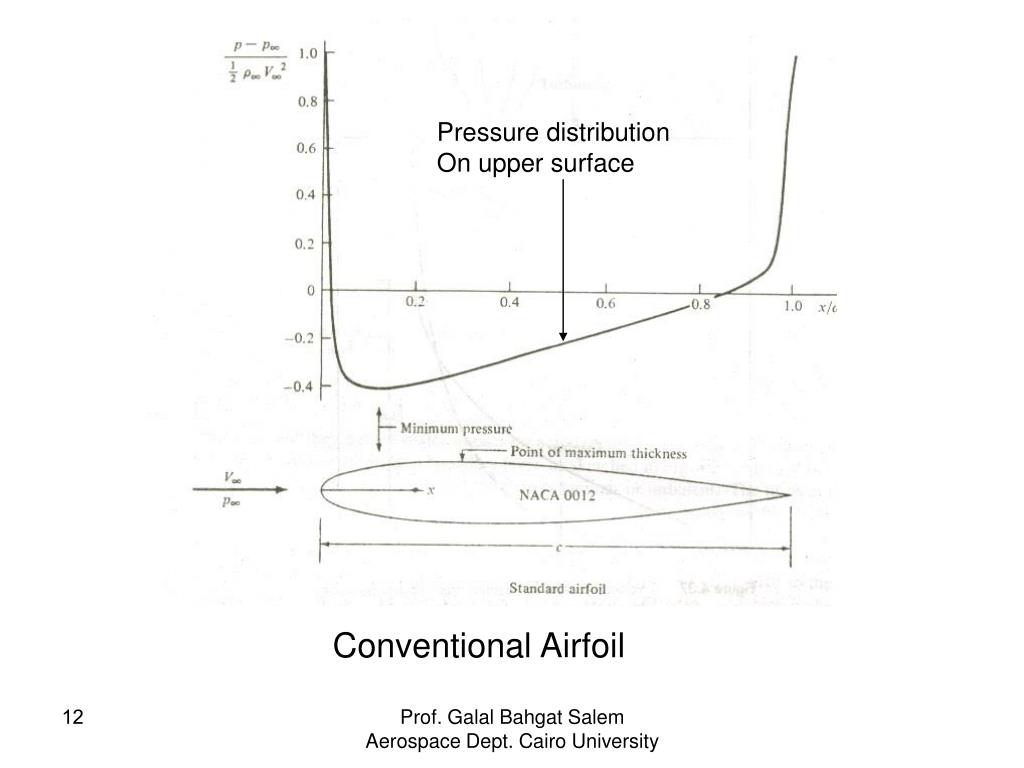
investigated numerically and experimentally a double-wedge airfoil and measured the surface pressure and heat transfer coefficient. They concluded that the aerodynamic coefficients gained from both analytical and numerical methods were in good agreement. numerically studied compressible flow around the double wedge and biconvex airfoils by CFD. To analyze and obtain the results of supersonic flight, CFD method can be helpful to understand wing analysis at supersonic flow. It is important to have the knowledge of aerodynamic parameters in order to design wings. The Supersonic aircraft uses biconvex and double wedge airfoil but any analysis data for these two airfoils is not available easily. Biconvex and double-wedge airfoils are extensively employed in aerospace engineering and many works have been done by researches.

Only above 20.000 ft will the envelope expend enough to make flight at Mach 1.8 possible.įor a typical wing loading of $\frac$ = 4.Supersonic flow over aeronautical configurations has a wide scope in the aerospace applications. Normally, at low level the maximum dynamic pressure limit and engine thrust will only allow very low supersonic speeds around Mach 1.1 to 1.3. The angle of attack in straight flight depends on altitude, wing loading and aspect ratio and grows with decreasing air density. In other words, if the plane flies at high angle of attack, it decelerates to subsonic speed quickly. The angle of attack in supersonic flight depends on air density and load factor, but generally is only a few degrees because drag increases with the square of angle of attack. How the idealised flow around a supersonic airfoil looks is explained in this answer. This produces nose suction, and flow around the wingtips disturbes the pure supersonic flow characteristics even when the leading edge is supersonic. Those airfoils are chosen because flow around them at supersonic flight speed is still heavily influenced by subsonic flow characteristics as long as wing sweep allows for a subsonic leading edge. As you can see, the F-16 uses camber throughout, indicated by the 0.2 design lift coefficient of the airfoil, while the F-15 uses an uncambered root airfoil. This information is from The Incomplete Guide to Airfoil Usage by Dave Lednicer. General Dynamics F-16 NACA 64A204 NACA 64A204 McDonnell Douglas F-15 NACA 64A006.6 NACA 64A203

Normally, supersonic fighter wings for which airfoil information is published use a very thin NACA 6-digit section with very little camber, such as Aircraft root airfoil tip airfoil Wondering about that made me think that the reason might be that there is high-pressure in front of the wing´s top-point like there is at the bottom in front of the low-point, and low pressure behind the low-point of the wing like there is behind the top-point.Īssuming a symmetrical biconvex wing profile, that would put the centre of lift the 50% of chord.Ī symmetrical biconvex wing going straight forward would produce no lift, so it has to be put at an angle to compensate for the weight of the airplane and the Mach-tuck, but still the lift would manifest itself at 50% of chord "seen my way" - and that gets more and more the faster the plane goes as the AoA gets closer to 0.Ī couple of extra questions: at what AoA is a fighter (F-16/18/22/35/Rafaele/Typhoon/Gripen) flying with in low (M 1.3) and high (M 1.8) supersonic flight?ĭo fighters have symmetrical biconvex wings or do their wings have a camber?

In subsonic flight the lift manifests itself at 25% of chord, but shifts to 50% of chord when the airplane goes supersonic.


 0 kommentar(er)
0 kommentar(er)
